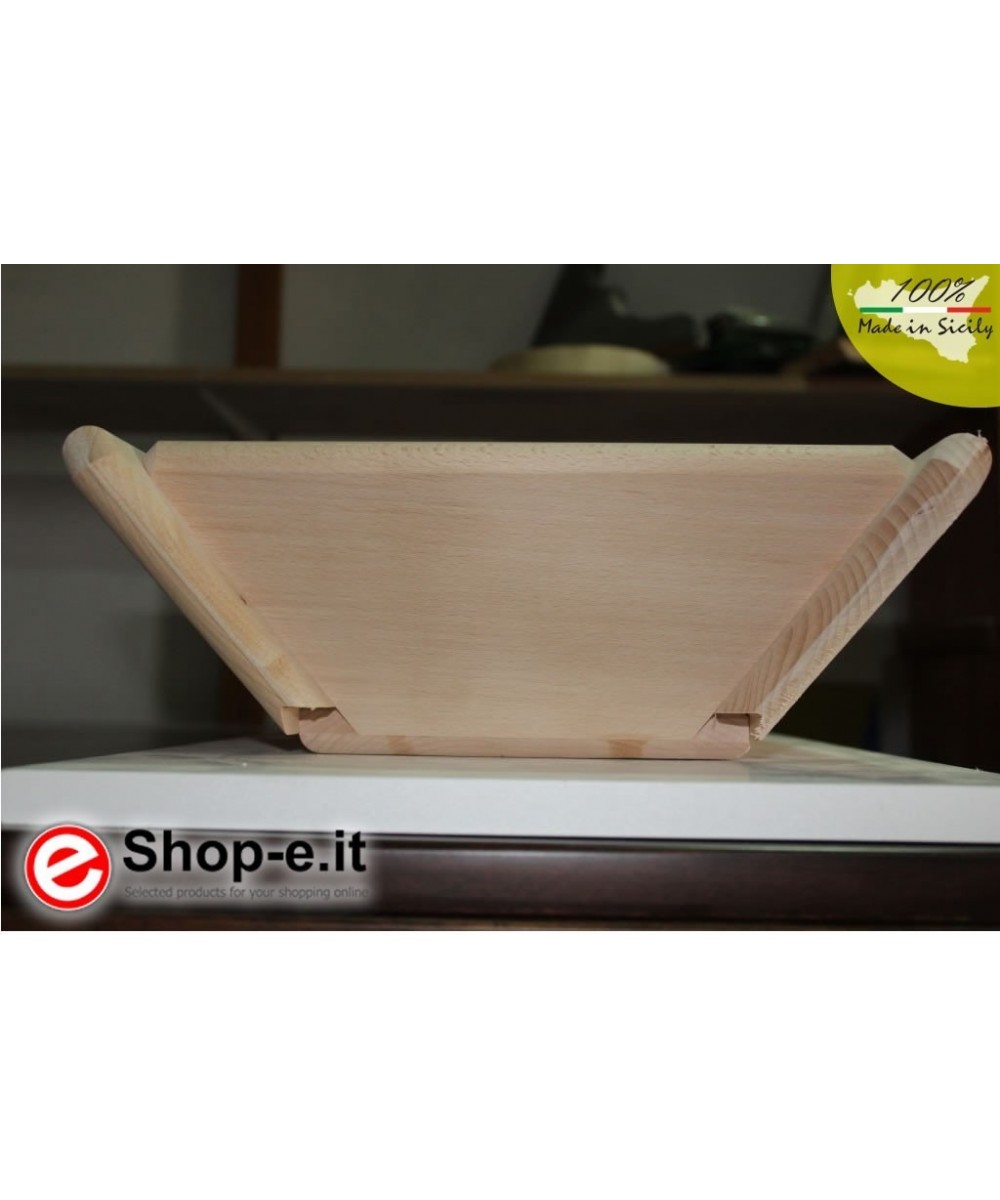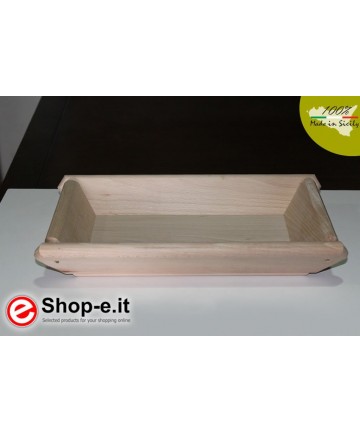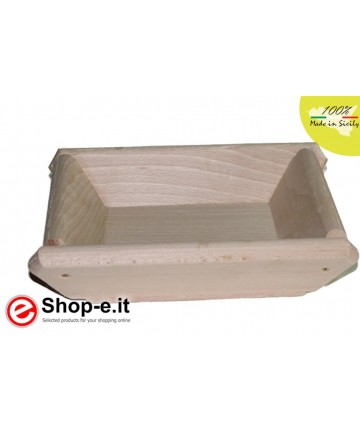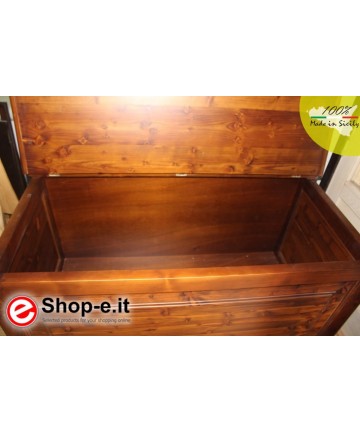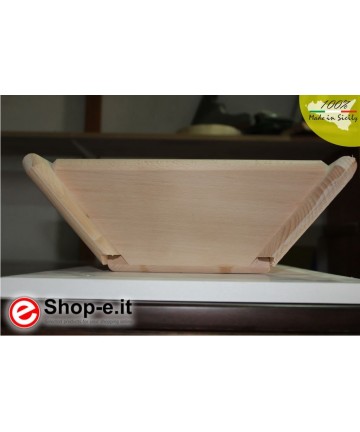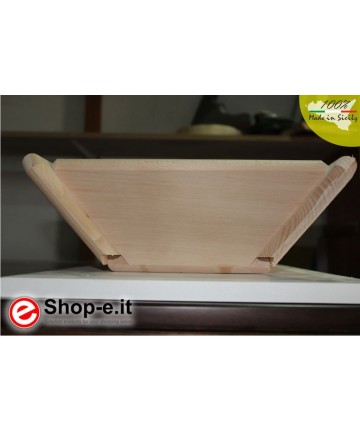The history of the Sicilian cupboard (La maidda)
A "maidda "Sicilian. As the Sicilian housewives once described, "a maidda is nu mòbbuli of lignu, ginirarmenti in the shape of casciuni rittanculari, usatu tradizziunarmenti n campagna pi mpastari lu pani, cunzirvari flour, lèvutu and àutri gèniri alimentari". La maidda, in Italian madia, is a container made from a single block of wood, rectangular in shape, with raised edges, in which bread was kneaded in country dwellings, today mainly used as a decorative element in holiday homes as a planter or magazine rack. In the past making bread was a ritual that was repeated every 15 days, the head of the family went to the mill to buy the sack of flour that had to be freshly ground, and the smaller daughter had instead the task of going to pick up the "growing ”(Mother yeast) from the neighbor who last made bread. The mother yeast container was shared by all the families in the neighborhood, and had been traveling from house to house for years to keep alive with the new "grips" regenerating its precious and delicate content. On the set day for the preparation of the bread, during the breakfast the reunited family organized the work to prepare 20 kg between "Vastedde" (typical Sicilian loaf) and "Cucciddati" (donuts) which generally sufficed for about 15 days. In the past, bread was one of the main foods in Sicilian tables and was used in many ways both in the salty and in the sweet, in the name of economy and a diet made up of a few simple but genuine things. The kitchen during the preparation of the loaves became a battlefield, and "a maidda" gained center stage. After having sieved the flour inside it, the salt was put to dry in order not to compromise the good result of the leavening, unfortunately quite common reaction when the salt entered in direct contact with the sourdough causing slowing of the growth. Finally a fountain was made inside which yeast and lukewarm water were added, giving way to the working of the dough which required a sustained rhythm and an energetic hold carried out by at least two people at a time. The dough was rolled up and punched, raised in the air and then beaten with great force, in order to make it incorporate air to obtain a better leavening. When the bubbles began to appear on the surface of the dough, it was ready to be divided into blocks that were laid to rest on a specially dressed table with blankets and two floured white tablecloths. A maidda remained clean, completely free of residues attached if the work had been well done, and this was a reason for pride of many expert housewives. Finally we proceeded with baking bread in a wood-fired oven. When it was not used for working the dough, a maidda was used as a container for bread but also for other foods. Perhaps even today in some countries there is someone who uses it, but in most of the houses the old or old maidde have only become a piece of furniture in memory of a past that unfortunately will never return. < b>
source Siciliafun < / span>
